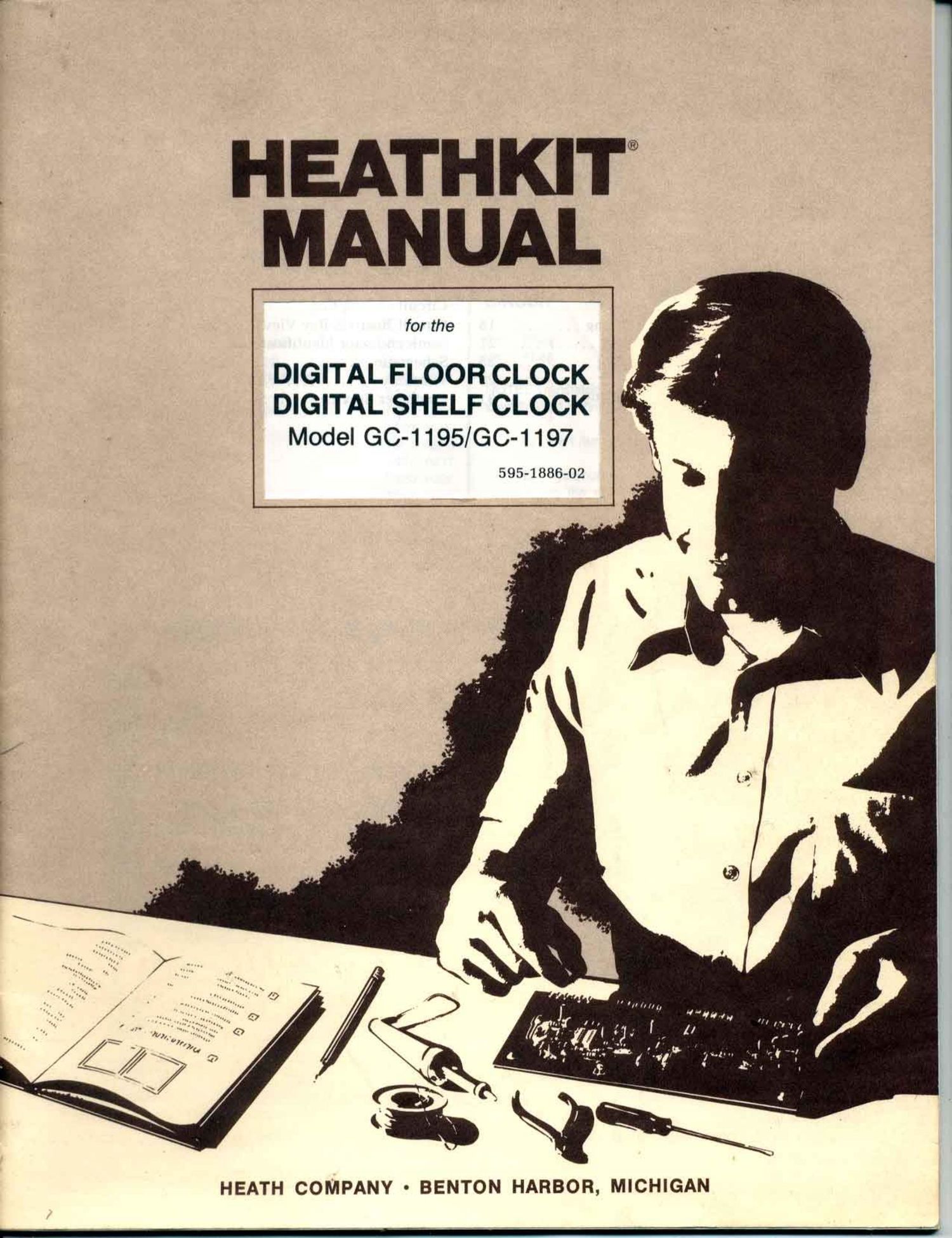Heathkit GC 1195 Manual
This is the 64 pages manual for Heathkit GC 1195 Manual.
Read or download the pdf for free. If you want to contribute, please upload pdfs to audioservicemanuals.wetransfer.com.
Page: 1 / 64
